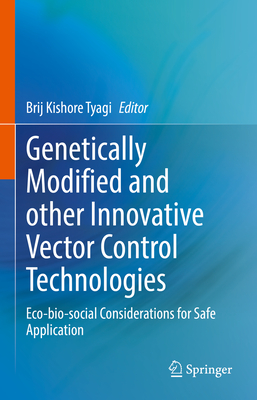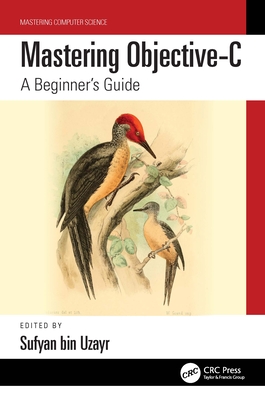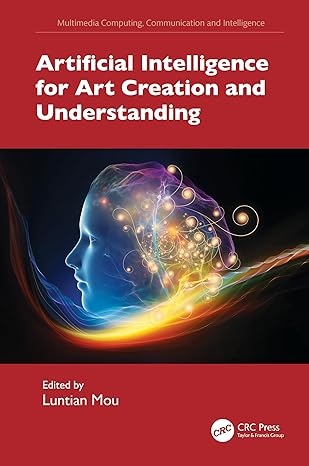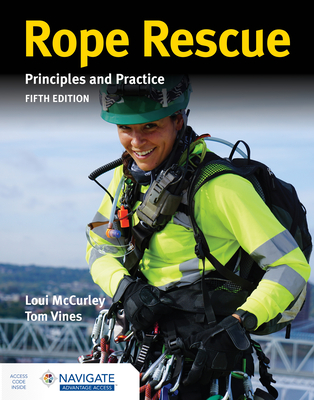图书简介
This book comprehensively covers the latest development in developing and deploying the genetically modified vectors, particularly Anopheles and Aedes mosquitoes responsible for transmitting malaria parasites and dengue viruses, the most deadly and/or debilitating among all the vector-borne diseases. It is considered timely and commensurate to bring about a book dealing with the various ecological, biological and social as well as regulatory aspects for the deployment of genetically modified vectors in special context with the biosafety of humans, his associates, and the environment. Written by an array of specialists and experts in various subjects of genetically modified organisms, this book centrally addresses the (i) basic principles of the genetic manipulation of vectors and they are potential impact on human and the environment, (ii) ecological, biological, ethical, legal and social implications of the use of genetically modified vectors, (iii) identification of potential hazards; assessment and management of risks for human and environment; risk/benefit analysis, (iv) principles and practices for the assessment and management of biosecurity and biosafety in laboratories (and in the field), (v) guiding principles for creation and management of institutional or national biosafety review boards and ethics review committees, and (vi) development and application of a biosafety regulatory framework and its related legal principles at national levels for securing the development and use of vector control methods based on genetic modification strategies.This publication will be useful to researchers, scientists, and professionals engaged in academic and research institutions, government or non-government, as well as students in universities and medical colleges.
Chapter 1. Arthropod disease vectors: Genetic manipulations and other innovative technologies for mosquito control, with emphasis on eco-bio-social considerations.- Chapter 2. Field trials of gene drive mosquitoes: Lessons from releases of genetically sterile males and Wolbachia-infected mosquitoes.- Chapter 3. Genetic improvements to the Sterile Insect Technique (SIT) for the control of mosquito population.- Chapter 4. Advances in Aedes mosquito vector control strategies using CRISPR/Cas9.- Chapter 5. Evaluation of transgenic Aedes aegypti L. strain in India – A friendly mosquito.- Chapter 6. Three decades of malaria vector control in Sudan: The plausible role of Sterile Insect Technique (SIT).- Chapter 7. Perspectives into genetic manipulations for control of dengue vector (Aedes aegypti Linnaeus, 1762) with reference to progress in Indian experiments.- Chapter 8. Overcoming the dengue challenges using Innovative Strategy: The Malaysian experience.- Chapter 9. Malaria control in Africa using vector genetic manipulation.- Chapter 10. RNA interference based technologies to control dengue vector mosquitoes.- Chapter 11. Wolbachia: Biological control strategy against arboviral diseases.- Chapter 12. Wolbachia endosymbiont and mosquito vectors, with emphasis on lymphatic filariasis elimination.- Chapter 13. Laboratory biosafety in handling genetically modified mosquitoes.- Chapter 14. Novel diagnosis and control of arboviruses.- Chapter 15. Long lasting insecticidal nets: an evidence-based technology for malaria vector control and future perspectives.- Chapter 16. Novel development of an indigenous Long Lasting Insecticide Bednet (LLIN) to defend against the hematophagous arthropods.- Chapter 17. Nanotechnology and Polymer Science: A novel approach in vector control.- Chapter 18. Nano-sized emulsion system: A comprehensive tool towards controlling vector mosquito Populations.- Chapter 19. DEPA (- N, N-Diethyl Phenyl Acetamide) – Commercial journey of India’s first indigenous mosquito repellent with novel properties.- Chapter 20. Remote Sensing and Geographic Information Technology in novel vector control.- Chapter 21. Social and ecological factors responsible for changing habitat of Kala-azar vector (Phlebotomus argentines) and its control through locally innovated environment-friendly technology.- Chapter 22. Safety assessment of novel genetic technologies for vector control: National and international perspectives.- Chapter 23. Measuring public attitudes to releases of transgenic mosquitoes for disease control, with special reference to dengue and malaria.- Chapter 24. Safe application of genetically modified mosquito (GMM) to combat dengue and chikungunya depends on socio-economic status and social acceptance in the developing countries: A comprehensive analysis.- Chapter 25. Experiences and outcomes from a worldwide training programme on genetically modified vectors (GMVs) related biosafety for human health and the environment.
Trade Policy 买家须知
- 关于产品:
- ● 正版保障:本网站隶属于中国国际图书贸易集团公司,确保所有图书都是100%正版。
- ● 环保纸张:进口图书大多使用的都是环保轻型张,颜色偏黄,重量比较轻。
- ● 毛边版:即书翻页的地方,故意做成了参差不齐的样子,一般为精装版,更具收藏价值。
关于退换货:- 由于预订产品的特殊性,采购订单正式发订后,买方不得无故取消全部或部分产品的订购。
- 由于进口图书的特殊性,发生以下情况的,请直接拒收货物,由快递返回:
- ● 外包装破损/发错货/少发货/图书外观破损/图书配件不全(例如:光盘等)
并请在工作日通过电话400-008-1110联系我们。
- 签收后,如发生以下情况,请在签收后的5个工作日内联系客服办理退换货:
- ● 缺页/错页/错印/脱线
关于发货时间:- 一般情况下:
- ●【现货】 下单后48小时内由北京(库房)发出快递。
- ●【预订】【预售】下单后国外发货,到货时间预计5-8周左右,店铺默认中通快递,如需顺丰快递邮费到付。
- ● 需要开具发票的客户,发货时间可能在上述基础上再延后1-2个工作日(紧急发票需求,请联系010-68433105/3213);
- ● 如遇其他特殊原因,对发货时间有影响的,我们会第一时间在网站公告,敬请留意。
关于到货时间:- 由于进口图书入境入库后,都是委托第三方快递发货,所以我们只能保证在规定时间内发出,但无法为您保证确切的到货时间。
- ● 主要城市一般2-4天
- ● 偏远地区一般4-7天
关于接听咨询电话的时间:- 010-68433105/3213正常接听咨询电话的时间为:周一至周五上午8:30~下午5:00,周六、日及法定节假日休息,将无法接听来电,敬请谅解。
- 其它时间您也可以通过邮件联系我们:customer@readgo.cn,工作日会优先处理。
关于快递:- ● 已付款订单:主要由中通、宅急送负责派送,订单进度查询请拨打010-68433105/3213。
本书暂无推荐
本书暂无推荐














